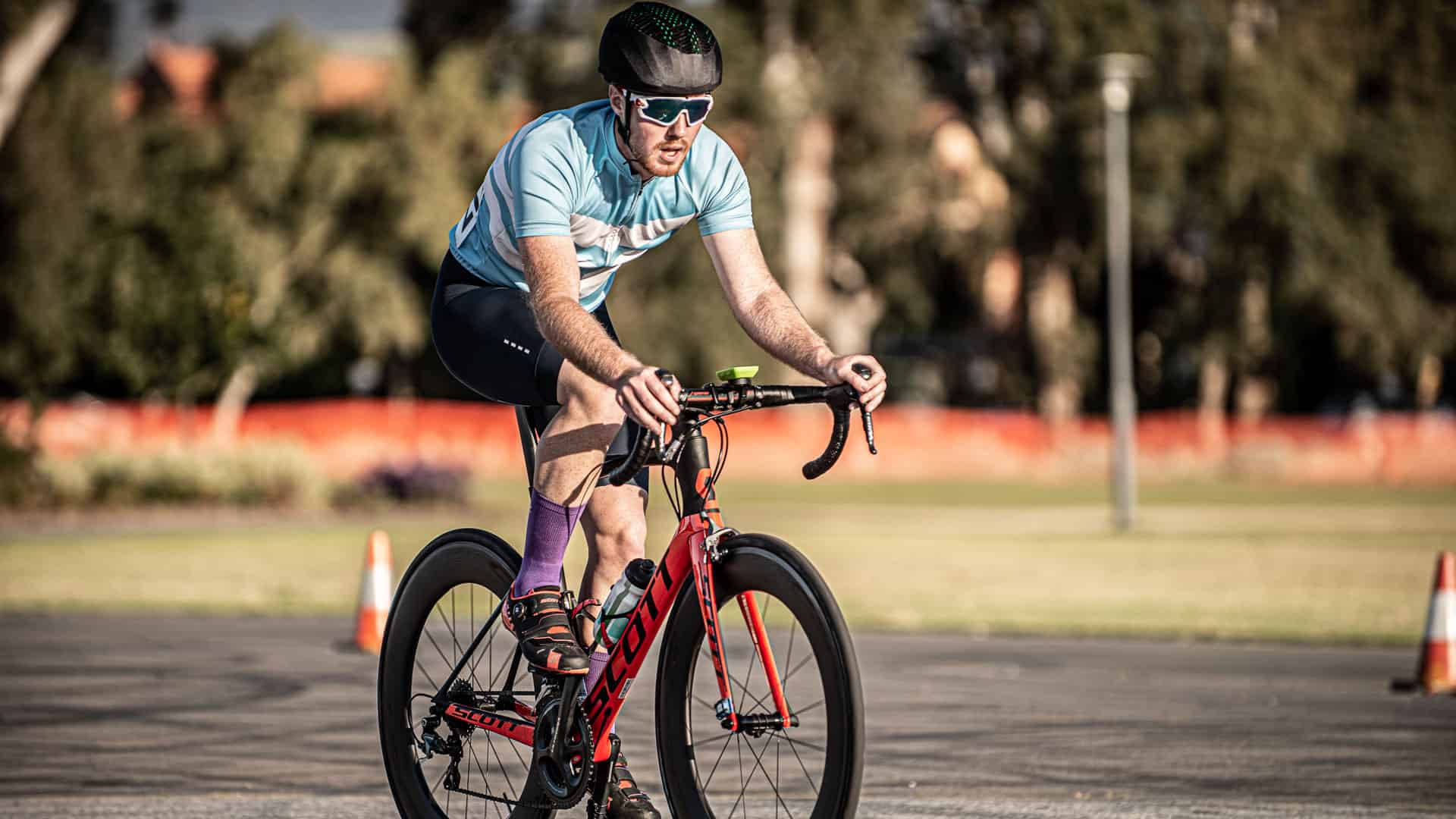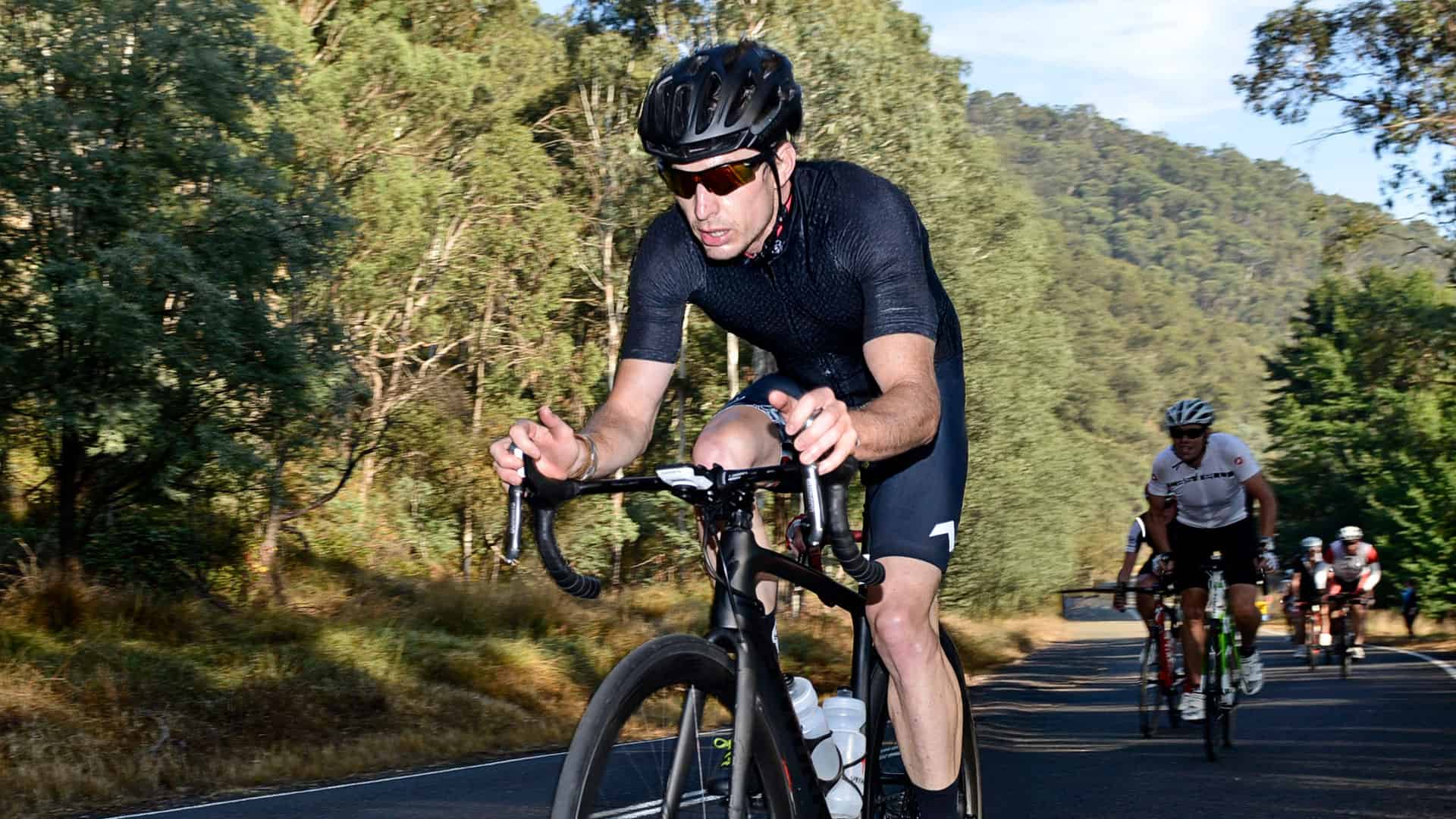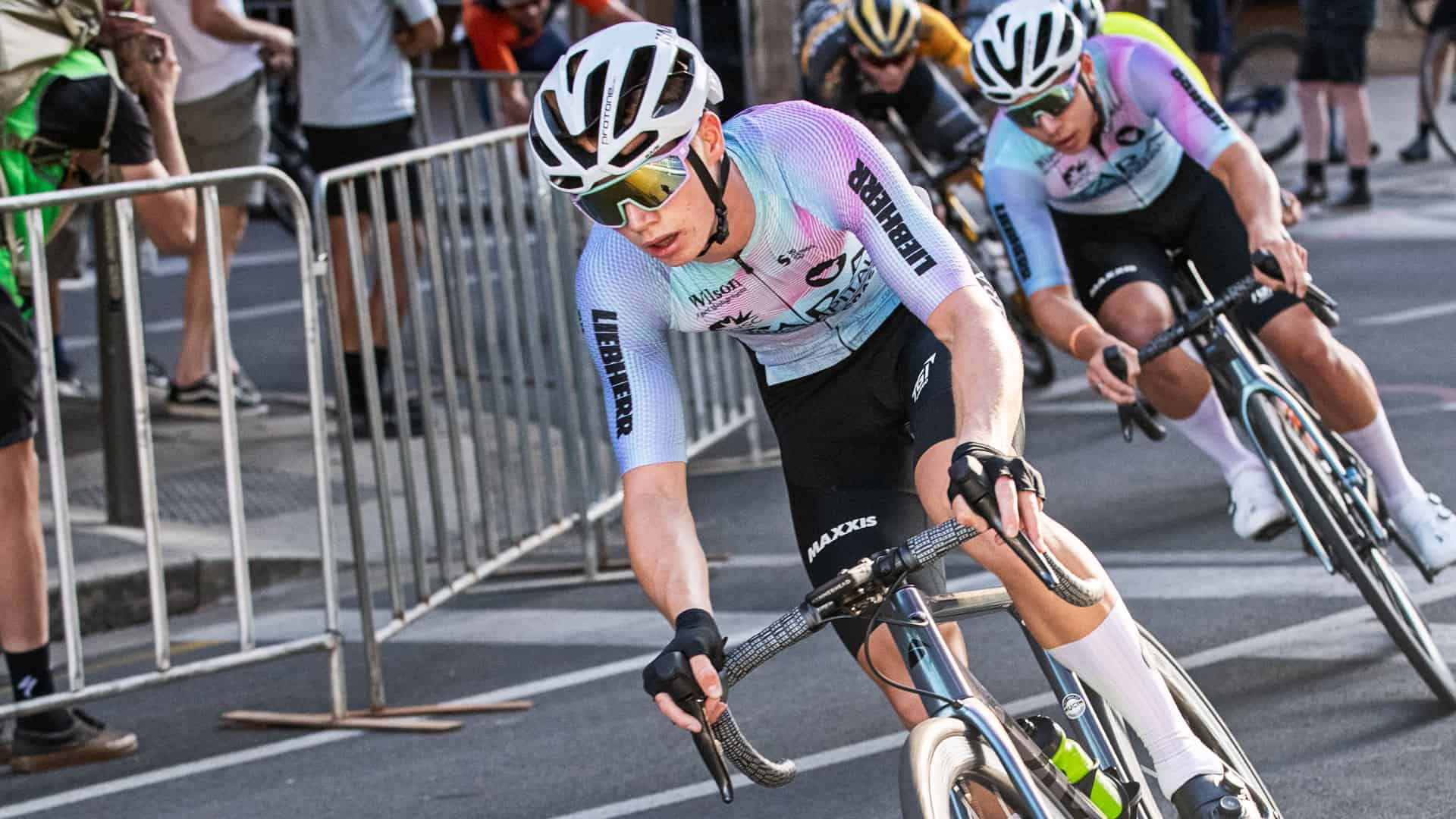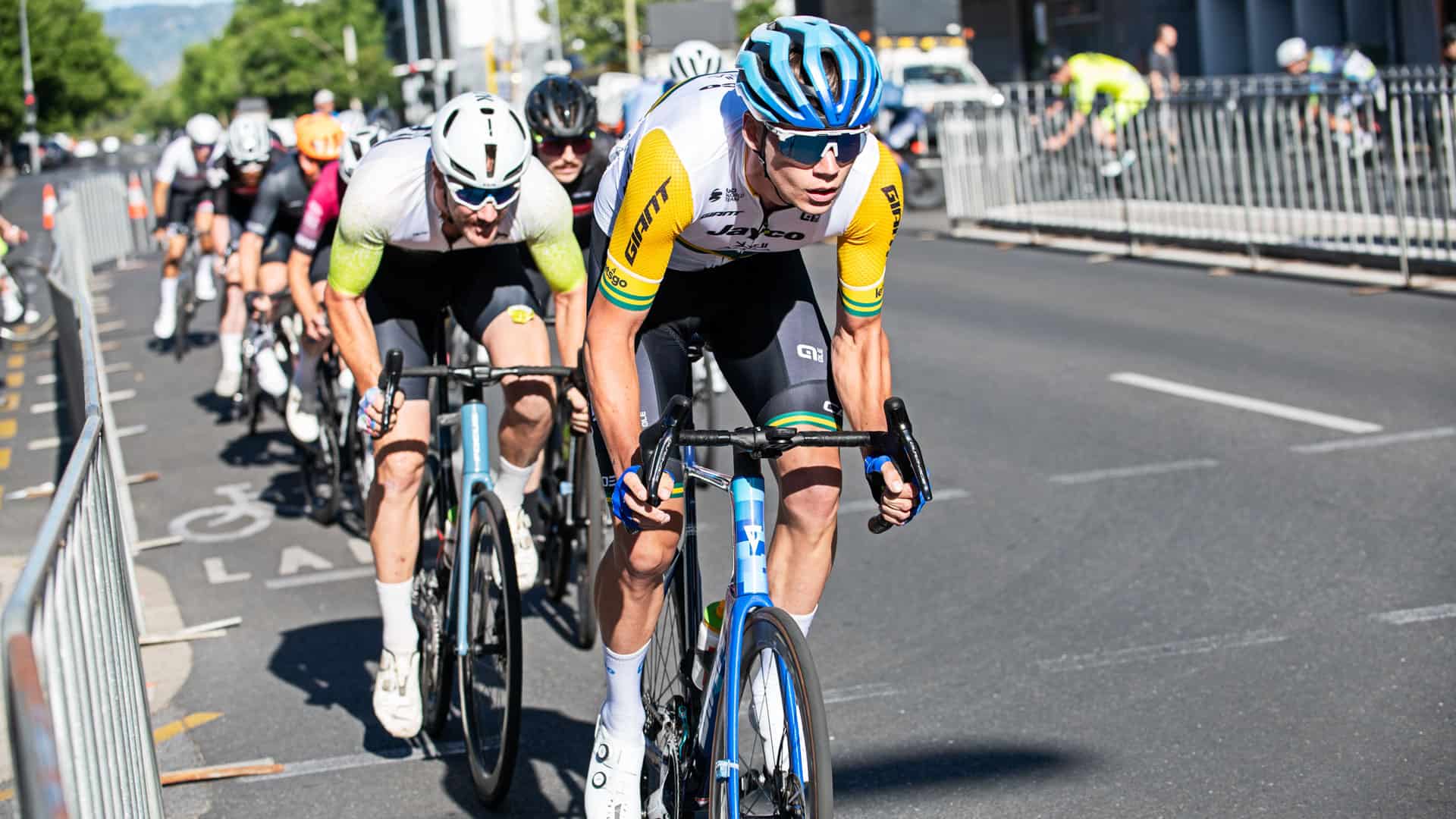In this video we cover off: How to balance your work life balance with your cycle training, to stretch or not to stretch and when is the best time to consume protein after a ride.
In this video we cover:
00:33 – How to Balance Your Work Life Balance with Your Cycle Training
03:31 – To Stretch or Not To Stretch
05:20 – When Is the Best Time To Consume Protein After A Ride
Video Transcript:
Hi, welcome to Cycling Informs weekly cycling tips. My name is David Heatley and here is what I’m going to be covering off. How to balance your work and life around your cycling; to stretch or not to stretch and whether you should eat protein after a ride?
Now Joanne has asked the question, if your work/family schedule is too restrictive, how is your time best spent if you can get only four or three rides an hour a week and some occasional riding in the weekend? Now Joanne, the work/life balance is something that I’m dealing with athletes all the time. You see cycling is such a time-poor sport. You go out for a ride and you don’t come back for three or four hours and that’s just one ride. Generally, we recommend people ride somewhere between eight to ten hours a week, so it’s quite a bit of training. Now that amount of training is obviously going to impact on everything else in your life including your commitments at work and with your family. So how do you get the best quality training out of the available time that you have?
The first thing I recommend to people is that they work out how much training they need to do and then put together a plan around that and then start negotiating that with their work colleagues and their family members. Now I call that stakeholder buyin, just make sure that everybody around you understands the training commitments that you’ve got and how they interact with the commitments that you have with them. After you’ve negotiated that, then you’ve got a clear understanding of how much time you’ve got available to train. How do you put together that plan?
Im really a strong believer in the fact that you need to get out there and do base kilometers and also, to improve the efficiency of your riding, work on interval training. Now its a balance between these two that helps improve your fitness. If you got into base training all the time you are never getting the opportunity to build speed or strength and if you go out and just do intervals all the time, you are never going to get cardiovascularly fit. I recommend that people do their base training during the weekend when they usually have a little bit more time. That might not be the case with you.
If it isn’t then you obviously want to put that base training somewhere in your week and if you are commuting to work or you have opportunity to go out during the day and just get a couple of hours during the day, then that can substitute for that weekend base training. On top of that, you need to add intervals. The intervals are very important and you want to work through building strength and speed after you build some base. We’ve got a fantastic 12-week aerobic base building program that’s ideal for making you efficient with your time. That has intervals in it and it also has endurance based training as well and we work through that sequence of building aerobic base strength and then speed. Now it’s purchased from web store and has a very easy to follow step-by-step training program for 12 weeks.
The next question from Jimmy and he’s asked to stretch or not to stretch? Now the Readers Digest version of this is yes, definitely stretch but the timing is important. Now the scientific research is saying that people that stretch before exercise are having a high chance of injury than those people that stretch after exercise. Now there are probably a few reasons for that and I don’t know why it is but we generally recommending that people stretch after exercise.
Now when it comes to stretching, I recommend people introduce a little bit of movement in the stretch. The reason why I recommend this is that static stretching generally only stretches the muscle in one particular way whereas when you introduce movement to that stretch, you are stretching that muscle in more of a three dimensional way. I’m not talking about stretching and bouncing which is an old technique that was introduced maybe in the 80s or 90s. This is a proper stretch that you would normally do but you add a little bit of movement into it so you are stretching in and out of it to create a little bit of movement and that you will find will give you a better quality stretch and loosen up your muscles a lot quicker.
The other thing that comes out of that is that you will feel a lot better when you actually come out of the stretch and this is very important. Now on our Matt Brindle’s Functional Strength Training program for cyclists, we have mobilizers specifically setup to help you with your stretching for cycling. Now these stretches involve a lot of movement and they are actually very subtle. When you get the opportunity to jump onto our website and have a look for that, do a search on Matt Brindle’s Functional Strength Training.
The last question I have is from Jimmy about post-exercise protein boost. This goes into the realm of nutrition. I’ve become a big fan of protein. Protein helps repair your muscles after exercise. There is scientific research that’s come out, that talks about timings associated with the consumption of protein and also carbohydrates and generally, that research talks about consuming it within the first one or two hours. Now there is also research that comes out that says that it absolutely doesn’t matter what time you consume carbohydrate or protein. Here’s my take on it.
I think it’s important to have firstly a good healthy nutritional strategy around the food that you are eating. Regardless of the sort of the protein and the timings for that, I think it’s more important to start focusing on what you are eating day in and day out. My nutritional strategies are pretty simple. I recommend that people don’t eat fried food but they consume a lot of carbohydrates and vegetables and protein in their rawer states but they stay away from highly processed food and that they consume in moderation. I’m also recommending that people look for opportunities to reduce the amount of salt that they have in their diet and also to eat carbohydrates that are generally low GI.
Now I come back to the issue around protein and timing. Look, I recommend that people eat protein after a ride but not necessarily straight after or in the first one or two hours as long as you eat a good protein that lean within the evening of ride you will get a good result from that.
Back to the timing associated with eating proteins, I recommend people do eat protein after a ride but I recommend that you do it sometime during the evening of the ride or after a ride. Doesn’t necessarily have to happen straight after the ride. It is also evidence to say that if you eat a protein in the evening you will be able to use that protein as you digest it during the night when you are repairing your muscles when you are asleep. I don’t know how true that research is but it certainly makes sense, so my recommendation is to eat a protein after a ride sometime before the evening before you go to sleep to give the opportunity for your body to digest it before you hit the sack.
Thanks very much for watching these cycling tips. I hope that they are being helpful. My name is David Heatley from Cycling Inform.





Leave A Comment